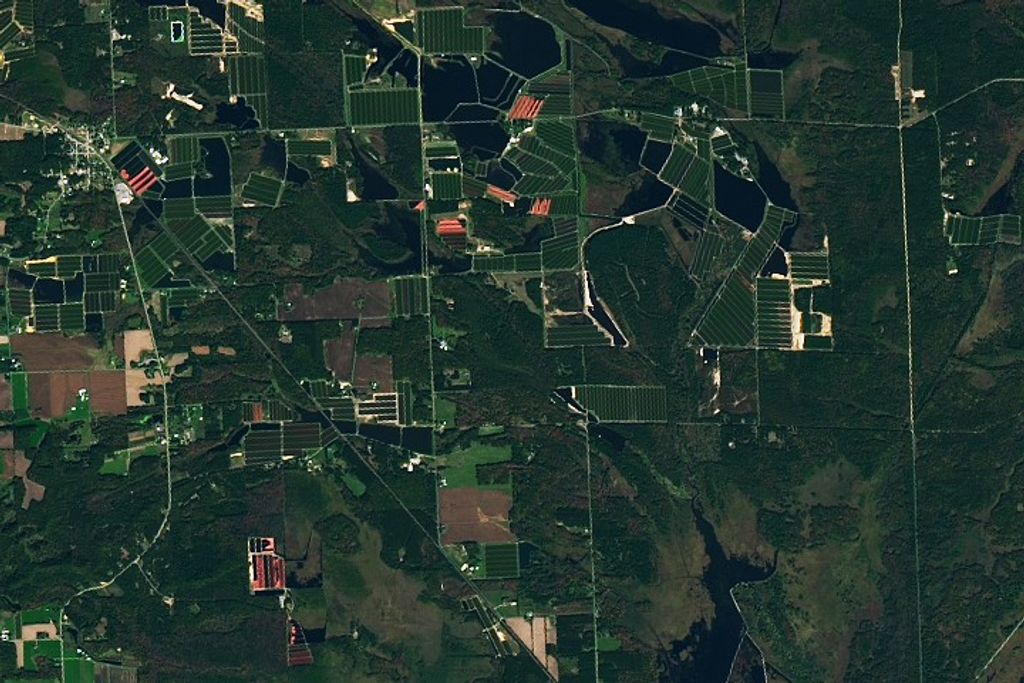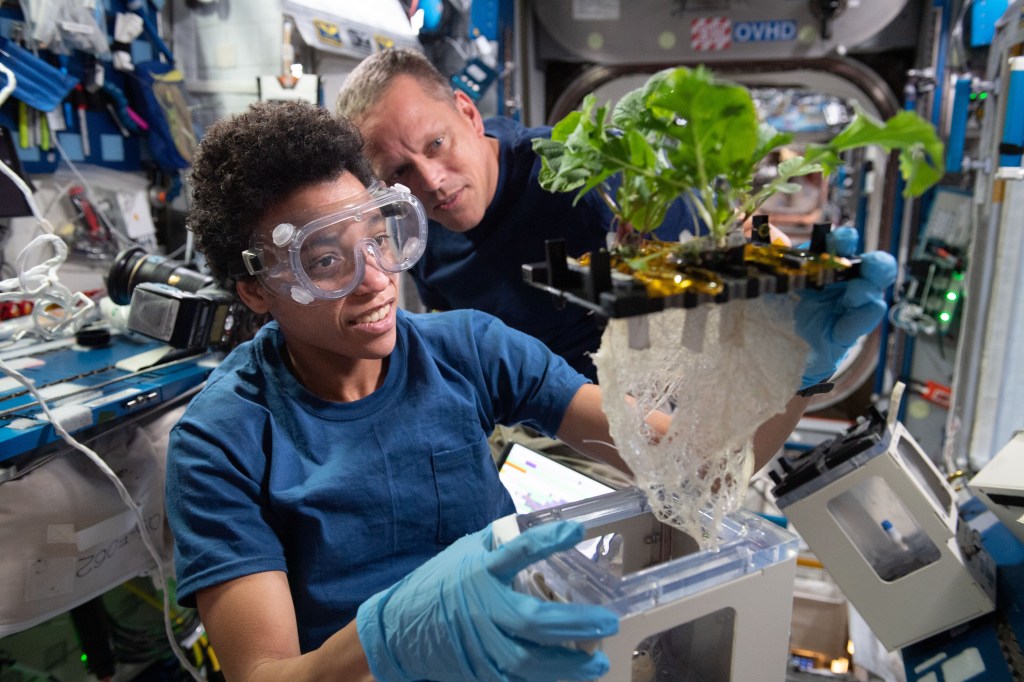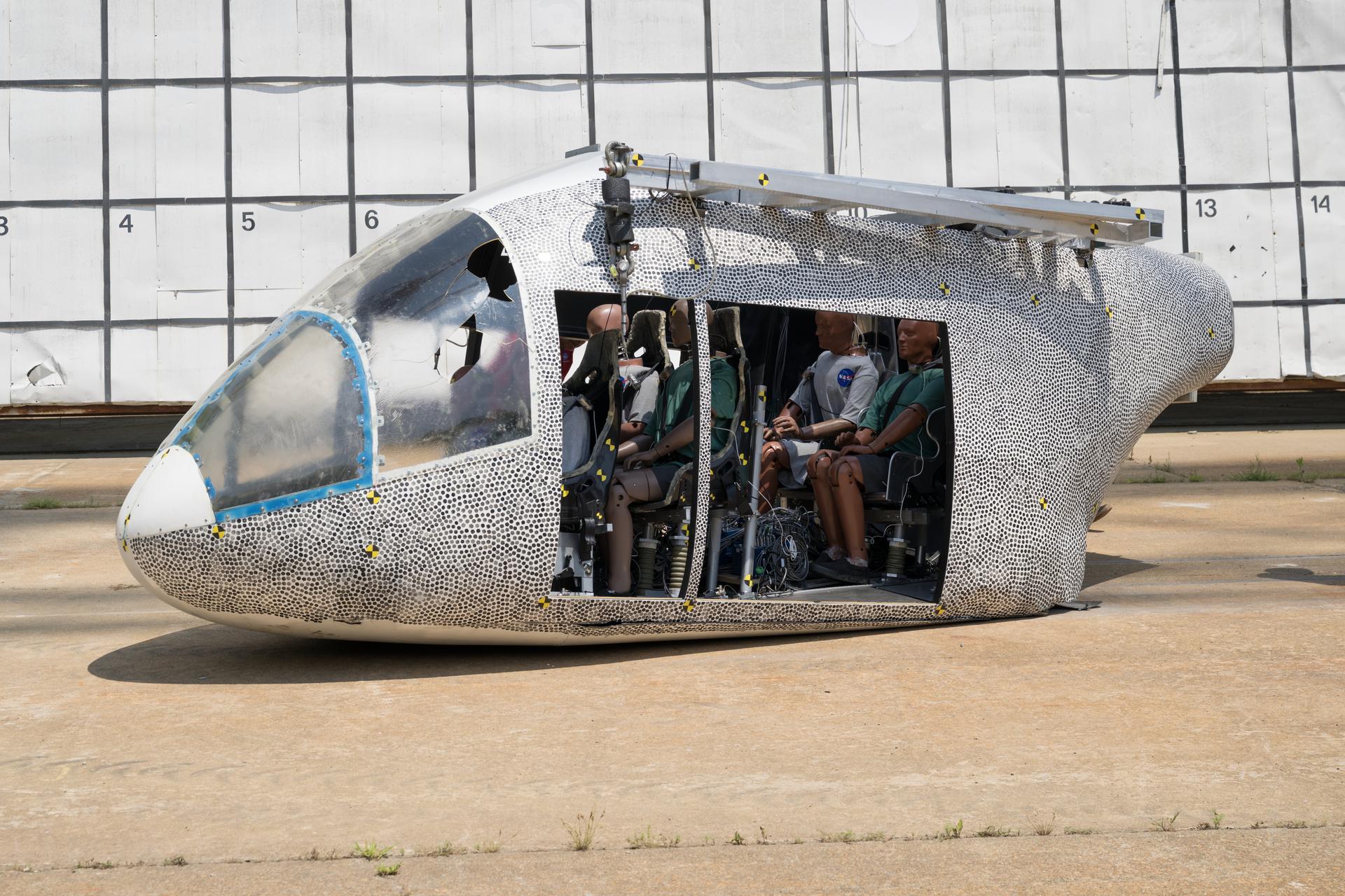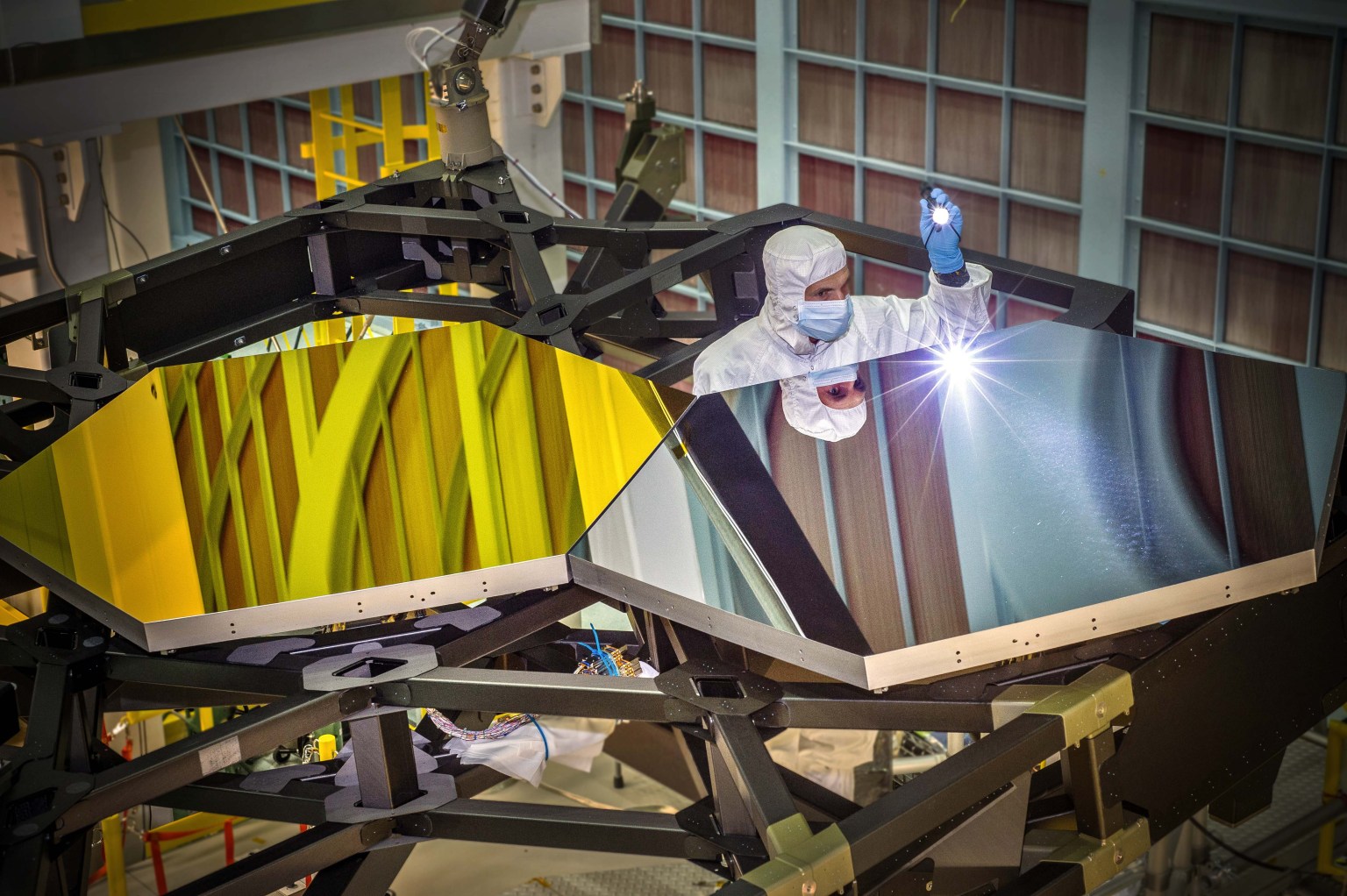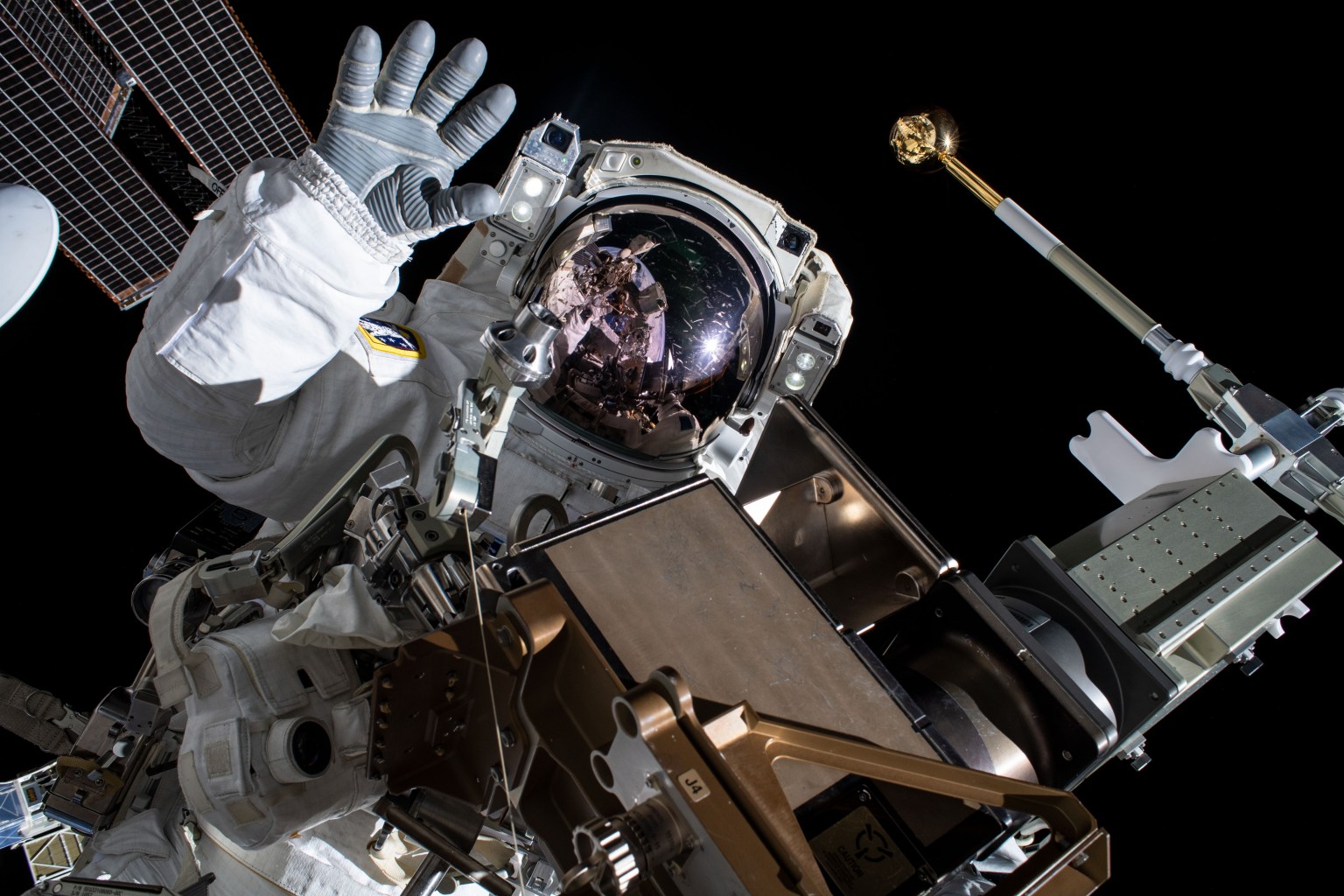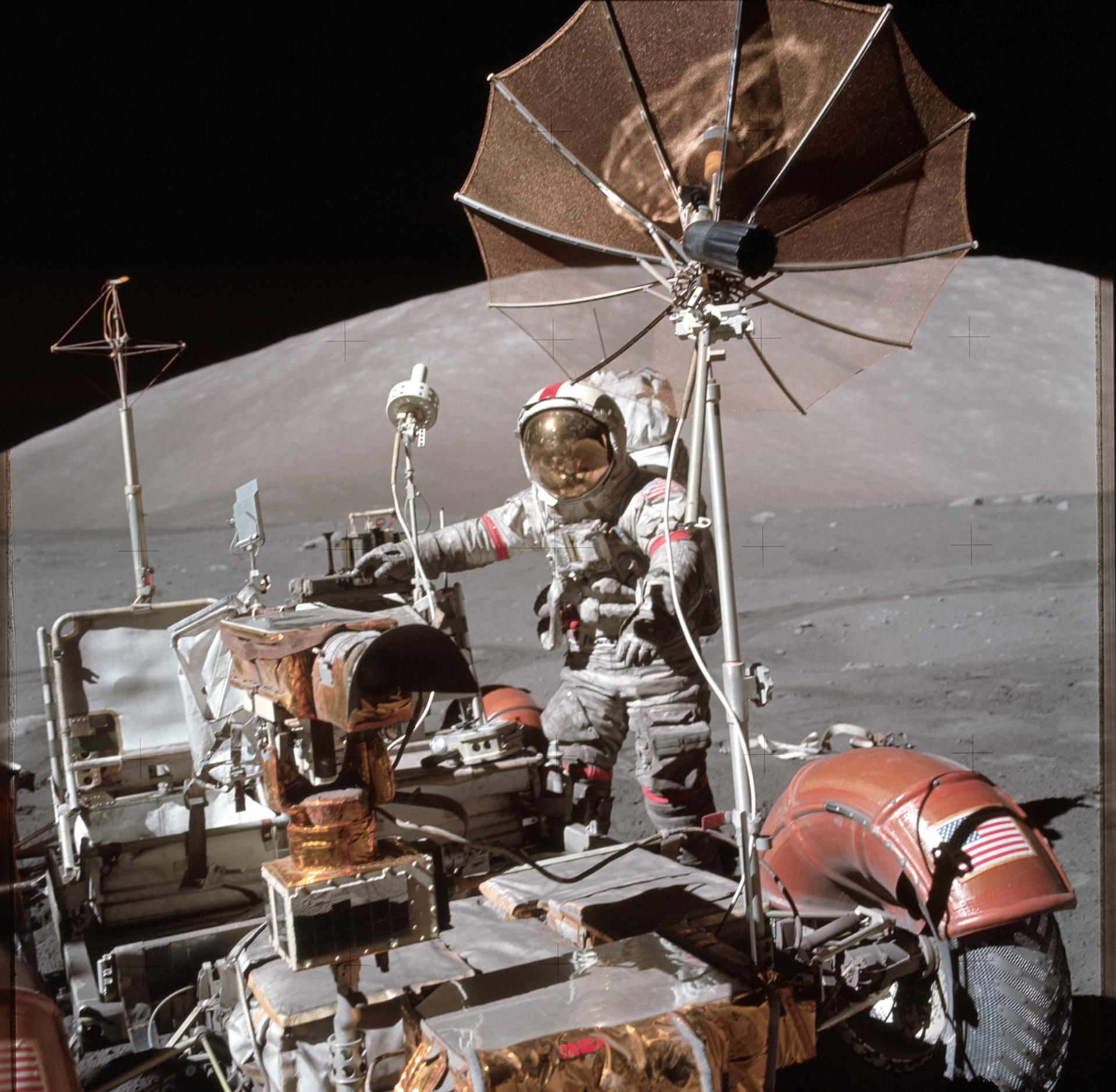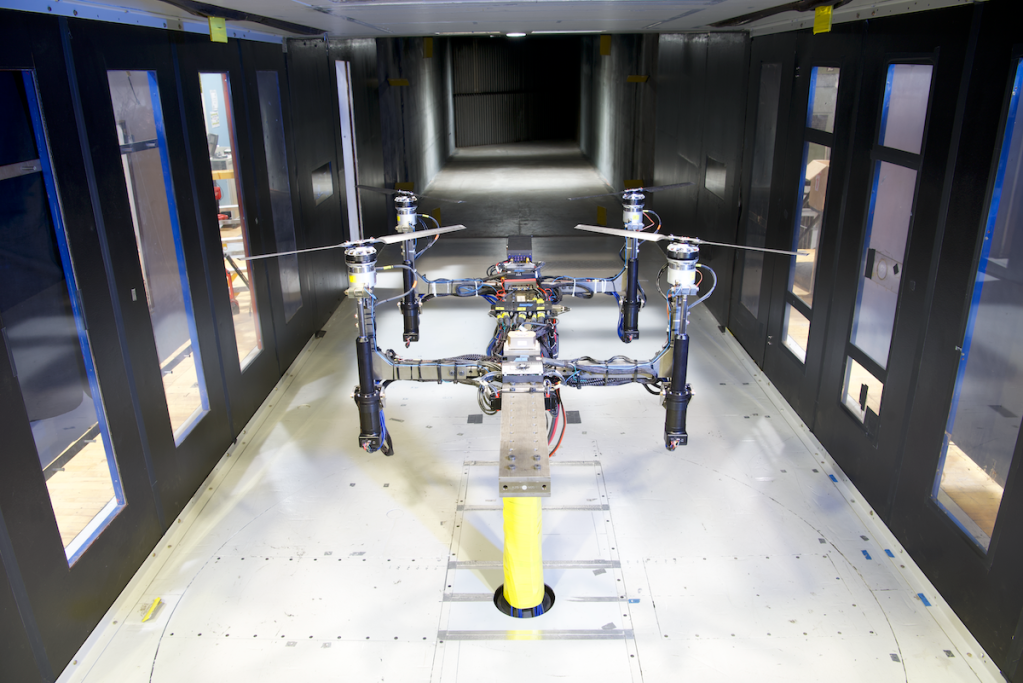
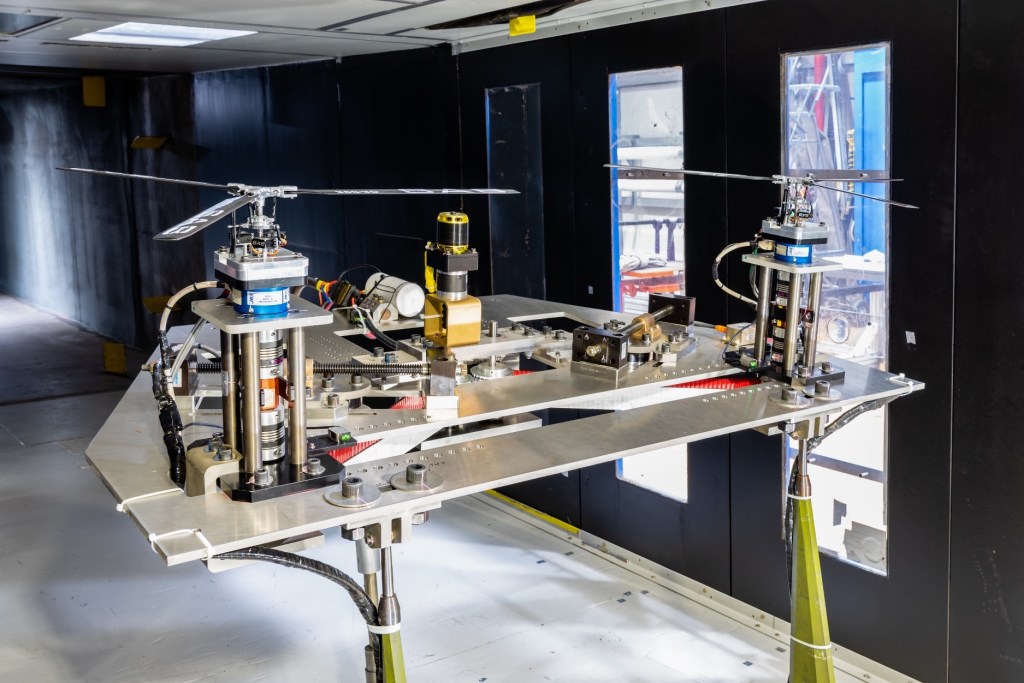
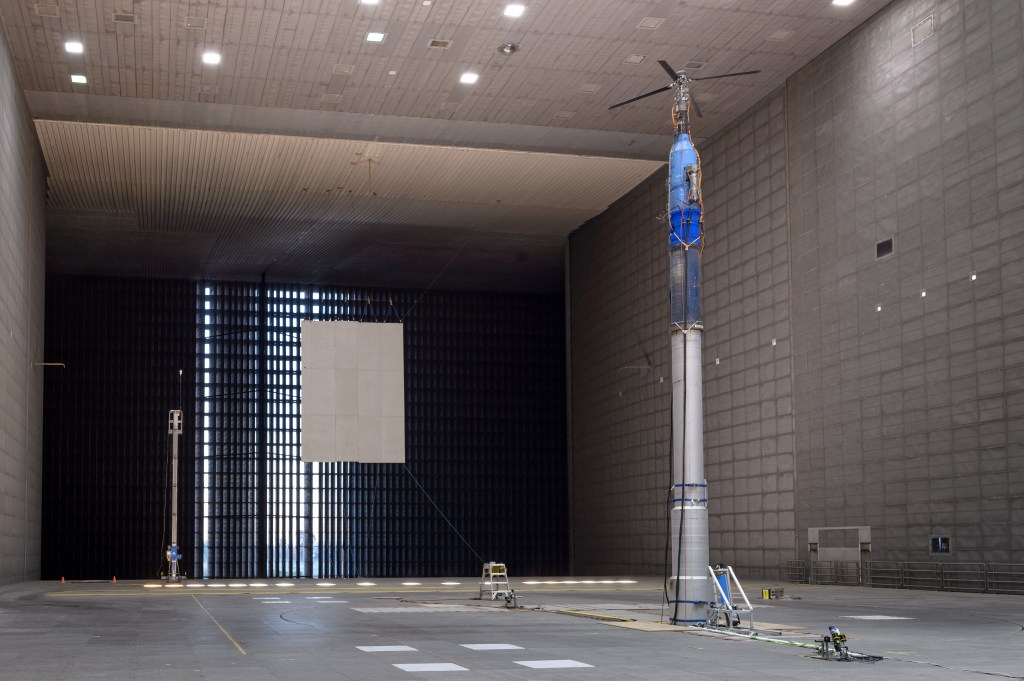
RVLT Validation Test Plan
The Revolutionary Vertical Lift Technology (RVLT) Project has established a Validation Test Plan which will provide the community with a validated and documented set of conceptual design tools for assessing tradeoffs between the noise and performance of UAM VTOL aircraft. Some of the experimental validation data from this effort will be made available here.
Project manager
Noah Schiller
deputy project manager
John Koudelka
Available Test Data

Benchmark Hover Test
The Benchmark Hover Test was a model-scale hover test of a 4-bladed, 11.08-ft diameter rotor that was conducted inside the National Full-Scale Aerodynamics Complex (NFAC) 80- by 120-Foot Wind Tunnel test section. The test produced key experimental data for a hovering rotor of sufficient quality and quantity to allow validation of state-of-the-art analysis codes. The test was conducted in partnership with the U.S. Army.

Multirotor Test Bed
The Multirotor Test Bed (MTB) was designed to accommodate a broad range of reconfigurable multirotor systems and to measure rotor performance and loads in a wind tunnel environment. Its second wind tunnel entry, MTB2, was completed in August of 2022 in the U.S. Army 7- by 10-Foot Wind Tunnel at NASA Ames Research Center.

Side-By-Side
The Side-By-Side (SbS) Test Stand features two counter-rotating, intermeshing rotors that can vary in lateral separation. The test stand can pitch nose up and nose down, with each rotor having the capability to be trimmed independently through cyclic and collective controls. The SbS Test Stand tested in the U.S. Army 7- by 10-Foot Wind Tunnel at NASA Ames Research Center.










